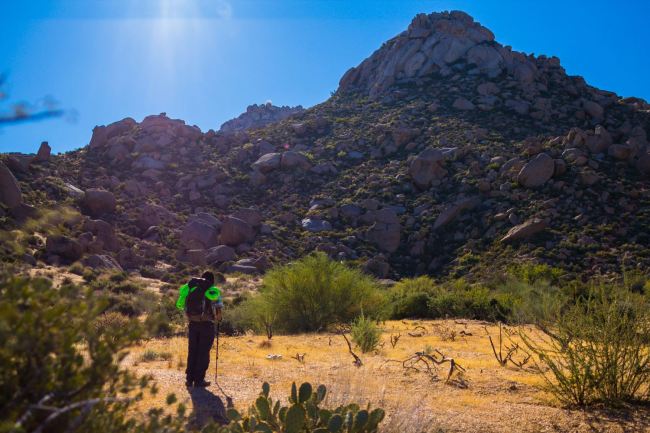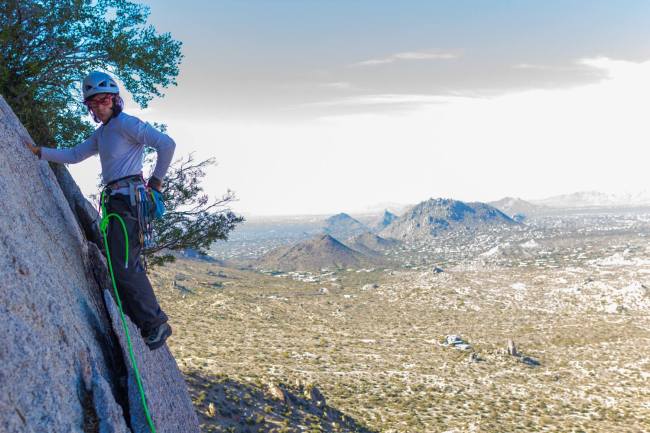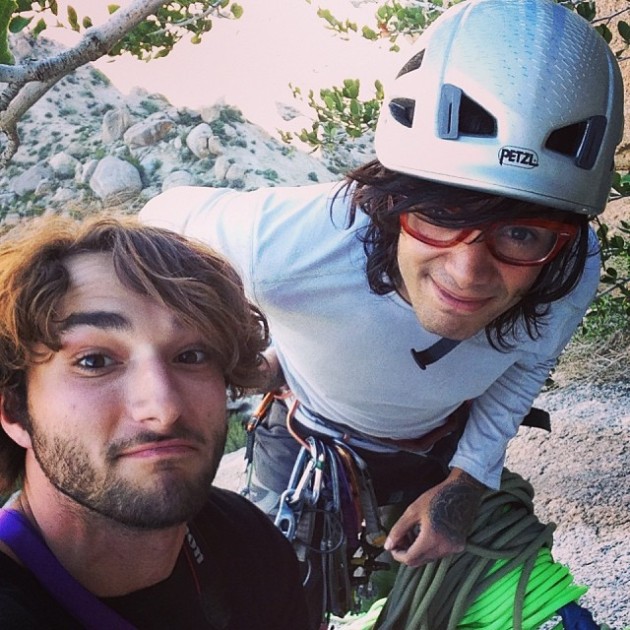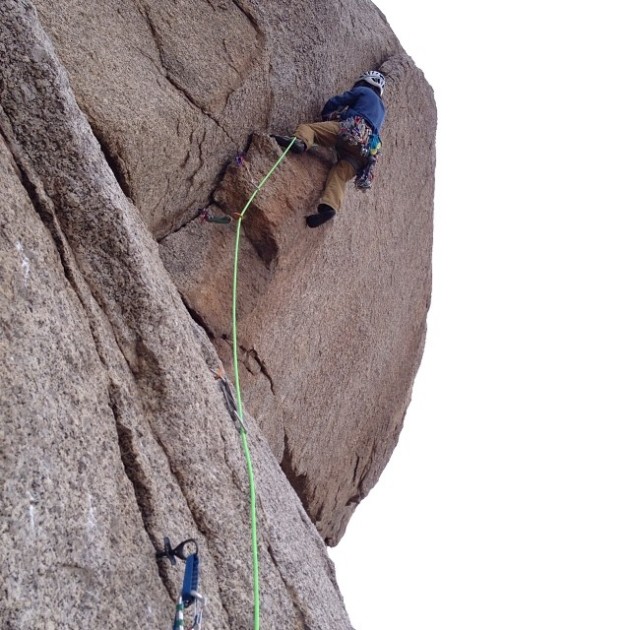Visual Introspection
To study one’s practice is to have conflict with our internal perspective of how something feels and the external view showing us otherwise. For training in climbing or mountain biking, simply recording yourself in motion of that specific activity could be the most straightforward way. A move on route or section of trail can feel a particular way in our mind’s eye, but it can also look completely different from an exterior perspective. It’s noteworthy for training purposes: recording ourselves allows us to truly see our movements. It forces us to reconcile the differences of what we think were doing and what is actually being done. I’ve done this with both my rock climbing and mountain biking, and it’s allowed me to break habits and see weaknesses that I didn’t even realize were holding me back from greater potential.
I’ll reckon that if you’re reading this then you want to see improvement in your sport of practice. Maybe, you’ve read all the various literature on training methodologies, recovery practices, and overall programming. It’s great that all those tools and sciences are available for general consumption to the everyday athlete. Yet, I think an underplayed tool in your toolbox is the ability to record in real time your technique.
In this analysis (video above), you’ll notice as I’m descending I should have kept my back weight shifted for a half second longer over the rear wheel. Had I done this I might have lost less speed and possibly decreased the amount of time spent on that terrain. Also, in the mountain biking context I could decrease my chance of injury and not risk going over the bars. The last section of the video, before I smooth out to easier terrain, shows the front suspension sucking up the majority of the front force. If I had waited a second longer on the back end, the force would have been more equally distributed between front and back. Fortunately, I’m on an enduro/trail bike (5-6″ of travel/suspension) which allows for a lack of precision in my downhill. Yet, if I had been on a hard-tail with less suspension and a more rigid frame, it could have resulted in my body flying over the handle bars.
It may feel embarrassing at first to ask a friend or set up your phone on a tripod to analyze your movement, but as I stated before- it’s an invaluable tool in your bag of tricks for self improvement. For rock climbing and mountain biking it has allowed me to really break down what I think good technique feels like and what it actually should look like. For better or worse, the camera doesn’t lie. It forces us to either accept where we can improve or disregard aspects of technique training.
As the season of training continues, I’m going to be spending more time making videos to really break down movement and how to improve it. If you have any hints or tips for self recording, please shoot me a message. I’m trying to enhance my technique in both training and media content.
-Hugo















